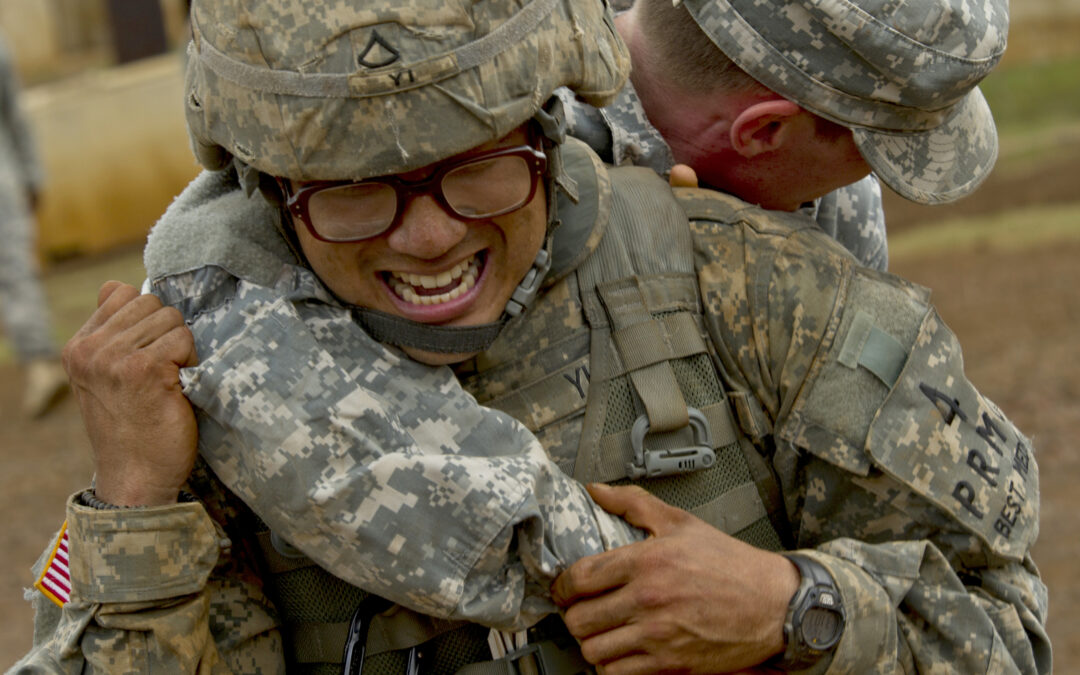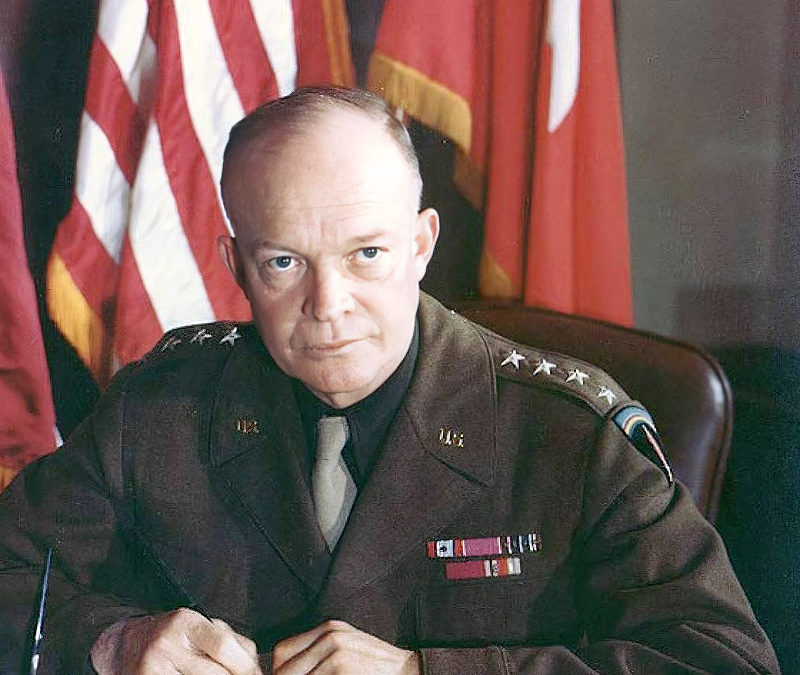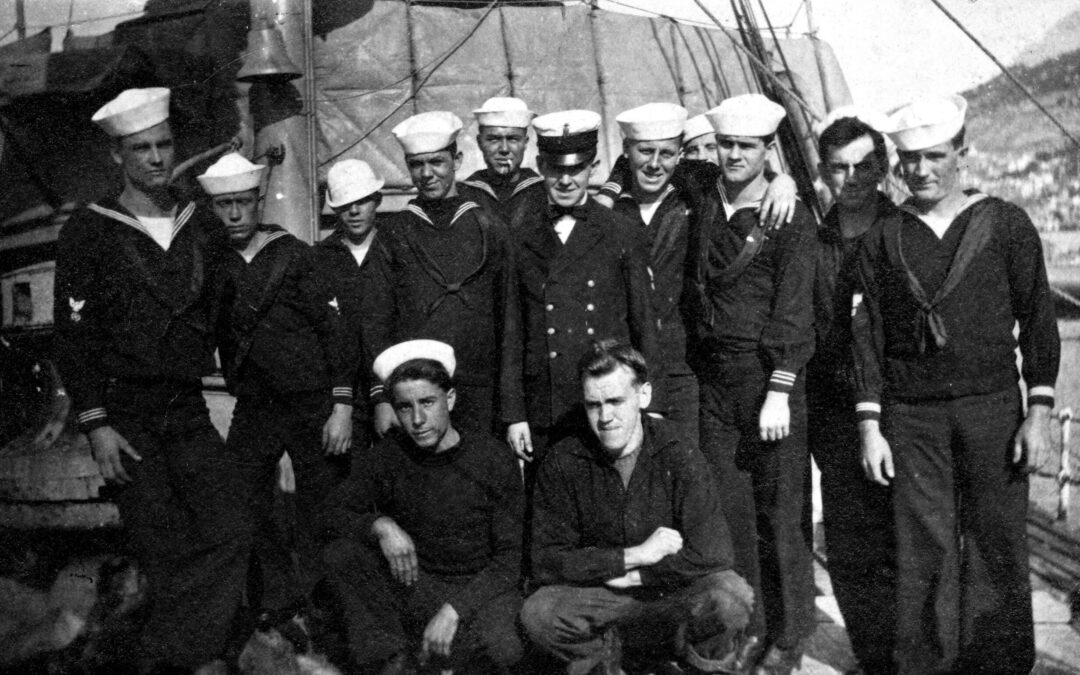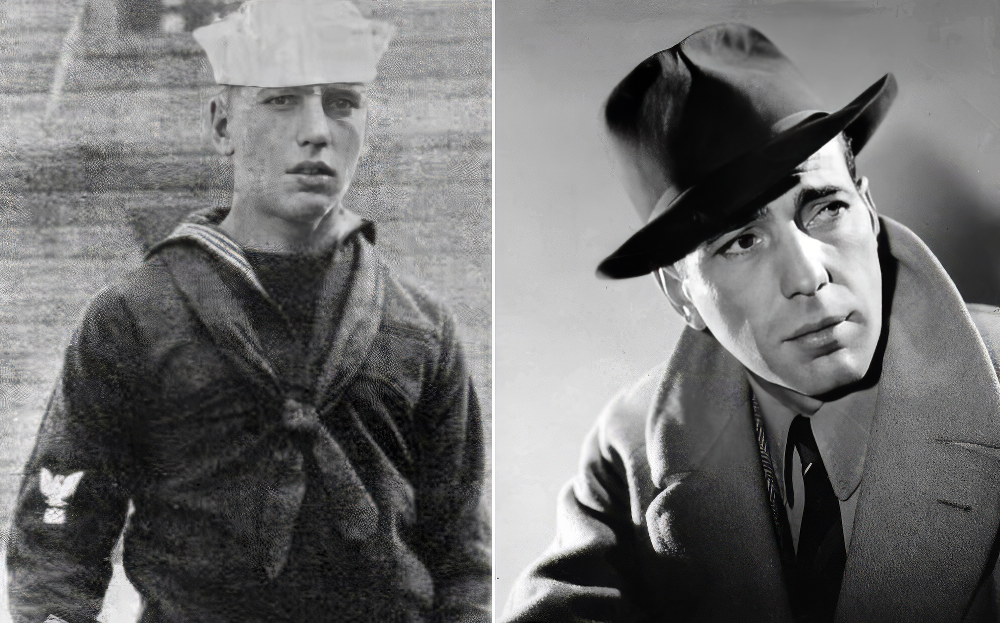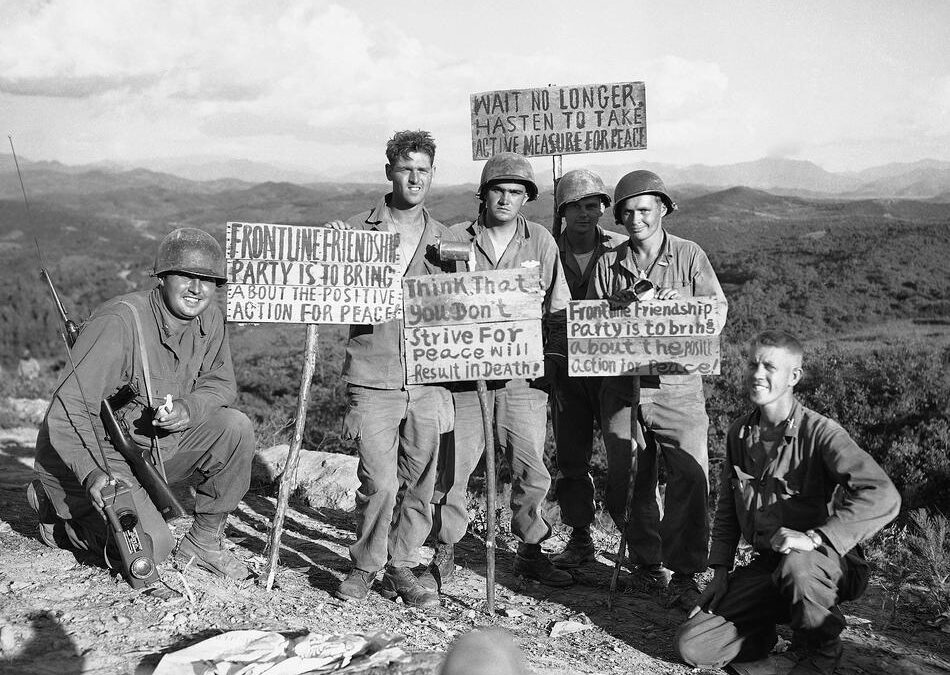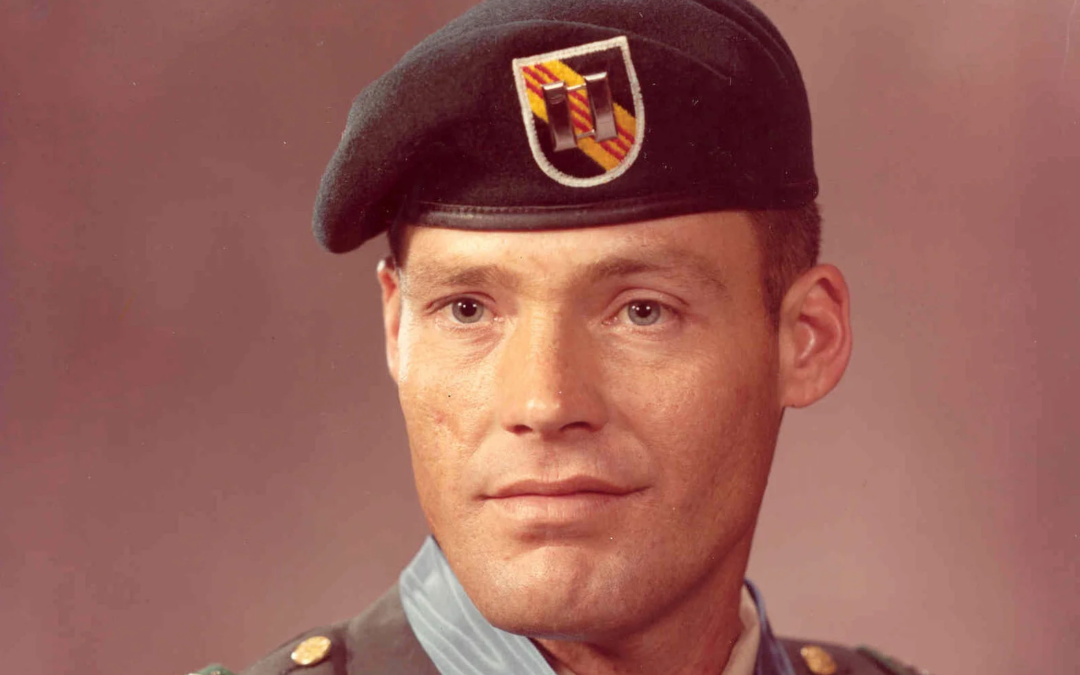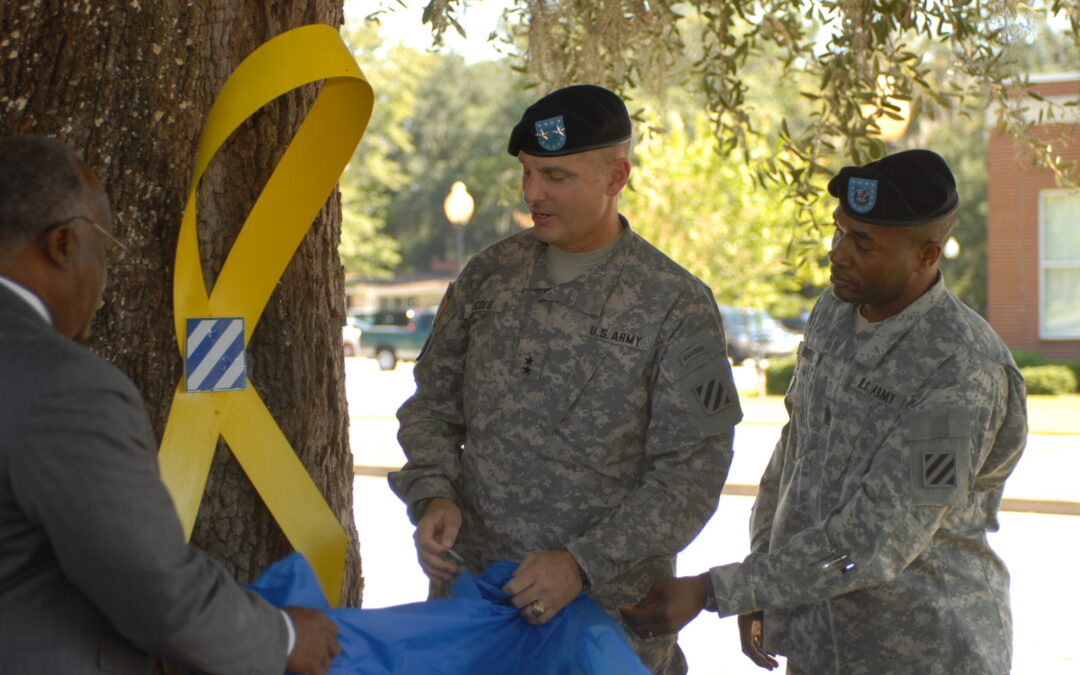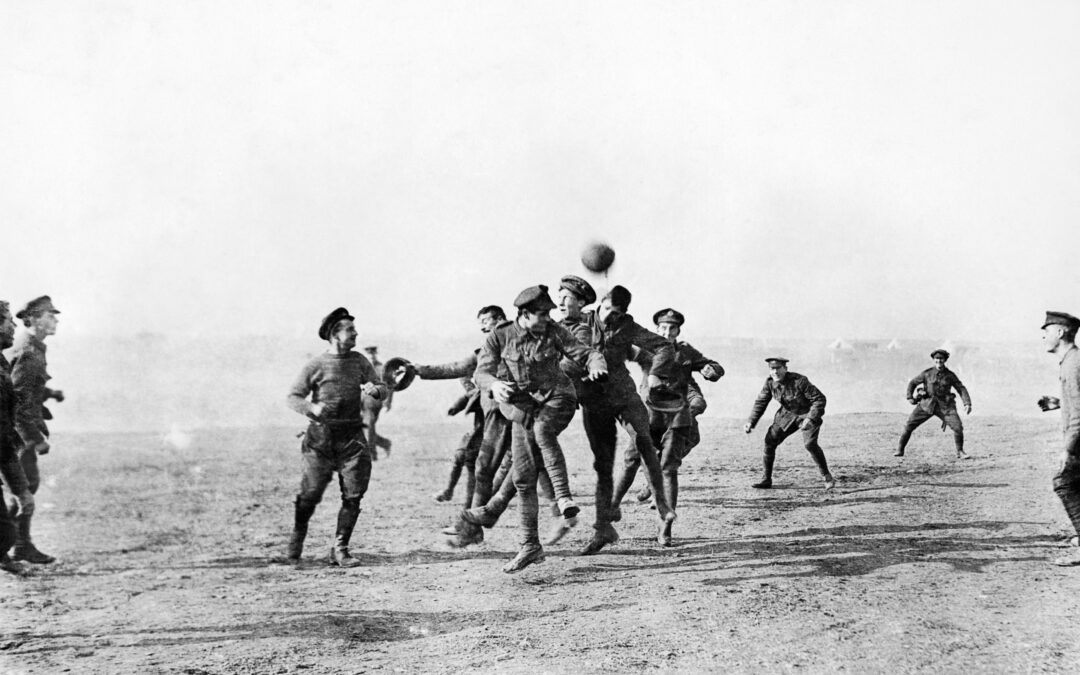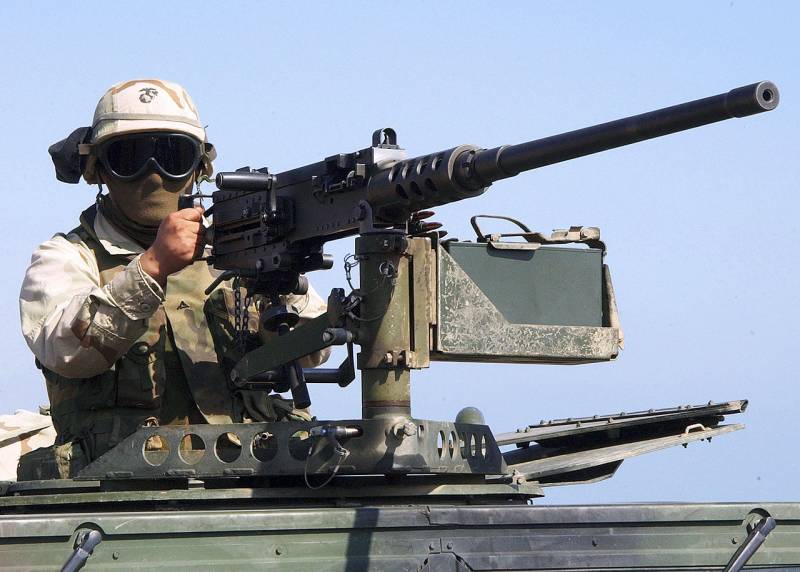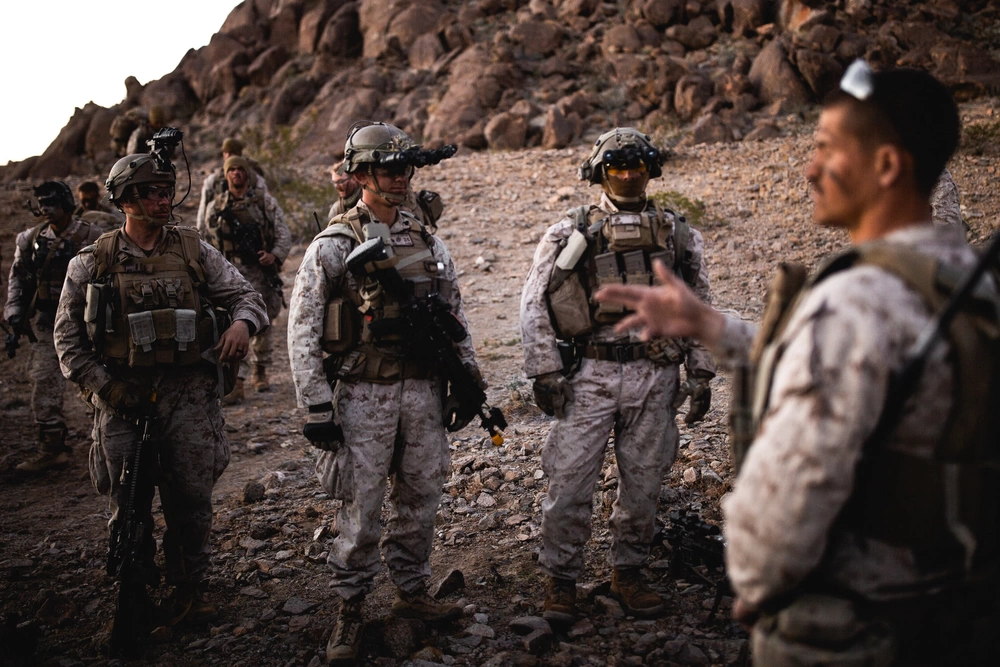WWI military technology evolution is an ongoing process, and breakthroughs in new weapons and defensive systems make the news every year. However, many modern warfare staples have their roots over a century ago - in World War I. From deadly drones to invaluable radio systems, five technologies developed in the Great War are still used today. WWI Military Technologies: Tanks British Mark IV tank with Tadpole Tail, introduced in 1917 and used during the latter part of the First World War. The...

